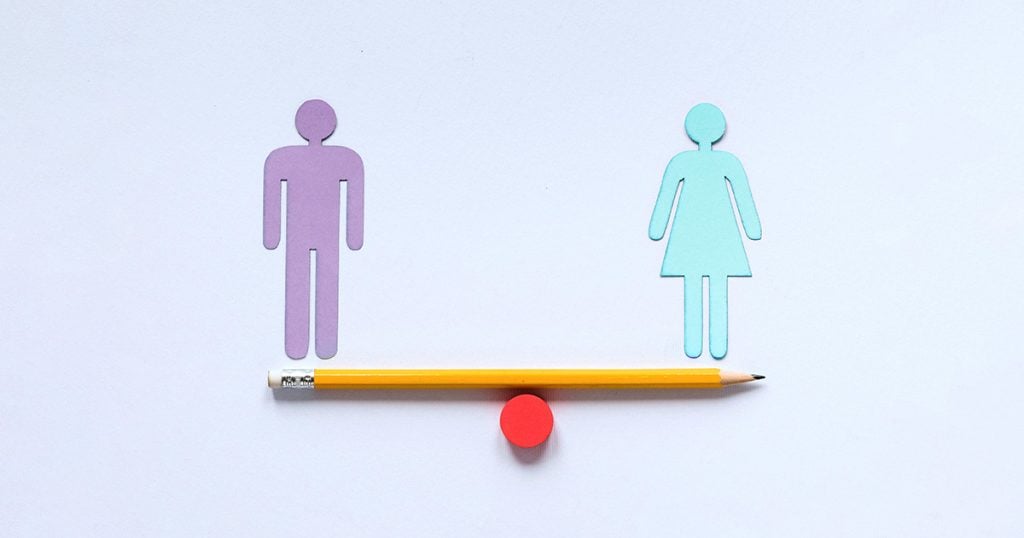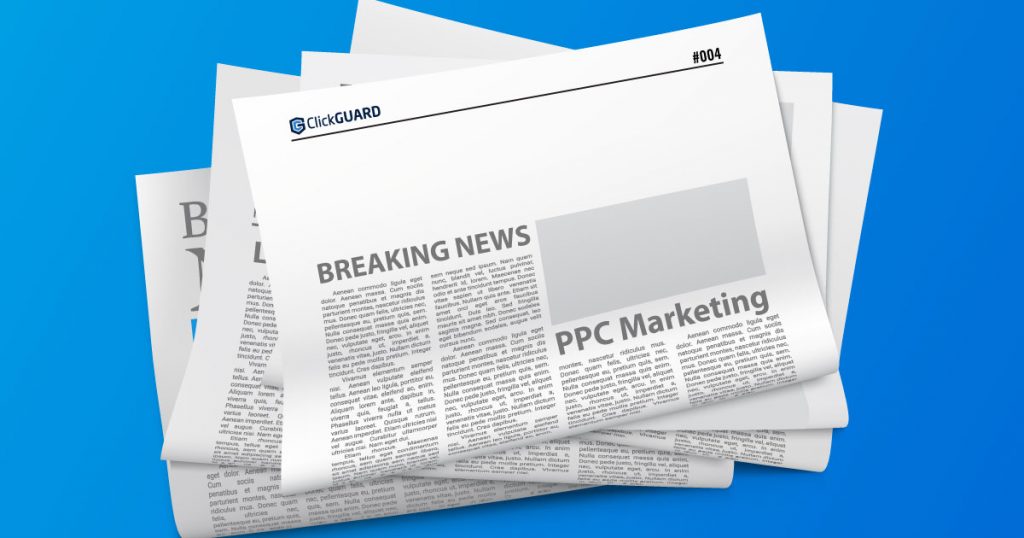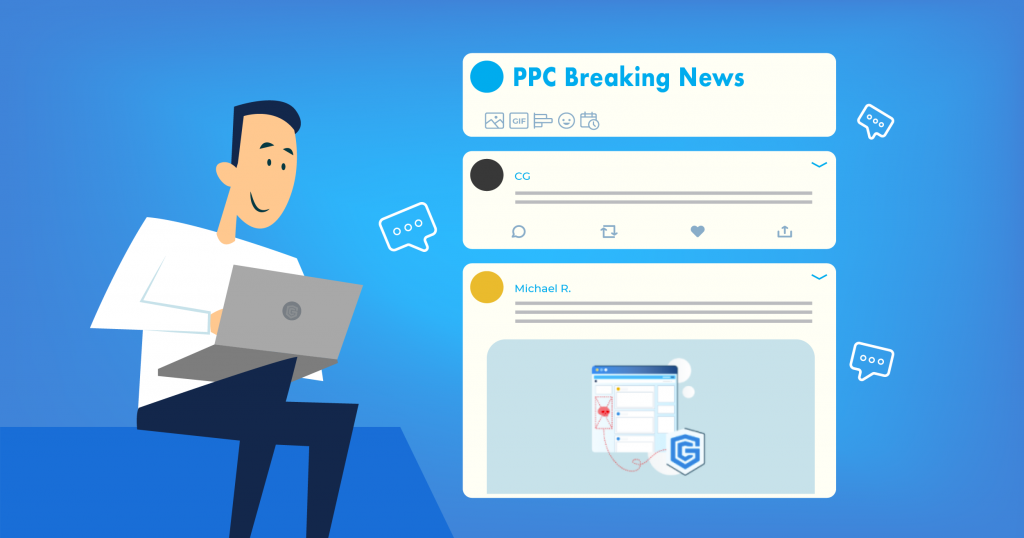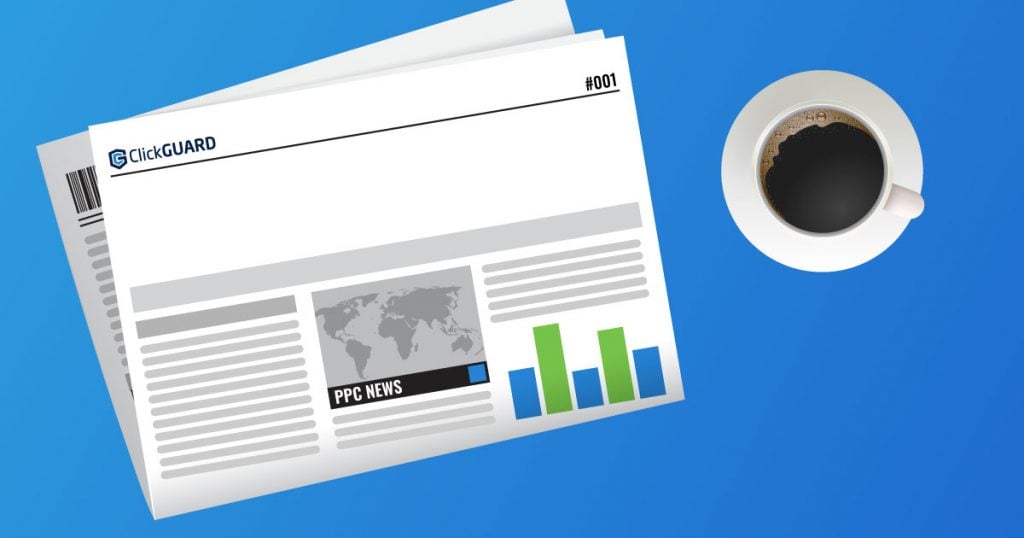There’s a lot of buzz in the cyber world that digital marketing is a male-dominated field. As there is a push to get more women and minorities appointed to corporate boards, some are asking, “…But where are all the women in the SEM field?” Is gender bias in the digital marketing industry an issue, though?
And, if so, where does this issue stem from?
In this article, we take a closer look at the matter, so read on if you want to find out more.
Gender Bias in the Digital Marketing Industry: The Trends
Gender bias is a hot topic these days, especially in the digital marketing industry, where women have the potential to make valuable contributions (like, frankly, in every other industry). A quick look at the data uncovers the truth about gender bias for digital marketers. For full disclosure, we’re on a mission to paint a clear picture of gender bias in digital marketing, rather than fall into stereotyping and assumptions.
As it happens in almost any industry, it’s fair to question whether women get paid less than their male peers, even when both genders are on equal footing with education and experience. People commonly assume that men get higher-paying jobs because they believe that men perform better and have greater ambition. The latest data indicates that’s not so true, though.
To get a better grasp of the facts, let’s see what the research shows. MOZ conducted an online survey of the digital marketing industry with the goal of reaching the general online marketing population through a variety of different channels.
MOZ surveyed 3,618 individuals, and here’s the breakdown of how each person identified themselves:
- Female – 1.089
- Male – 2,516
- Preferred not to say – 13
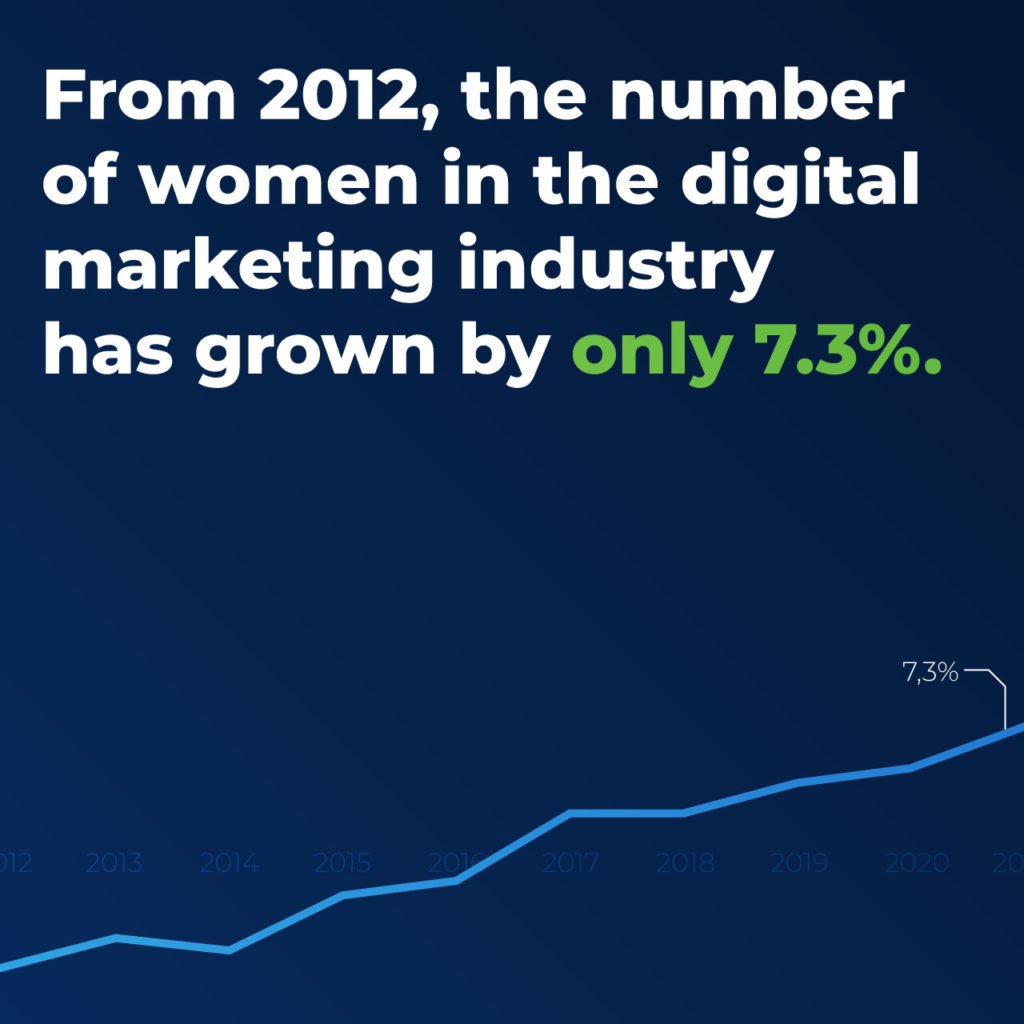
The data showed that the number of females in digital marketing grew by only 2% from 2013 to 2015. The overall increase since 2012 is 7.3%. Those percentages indicate a strong gap in gender bias in SEM.
If we look at the percentages of each gender in overall participation in digital marketing between 2012 and 2015, the picture comes into greater focus as this table indicates:
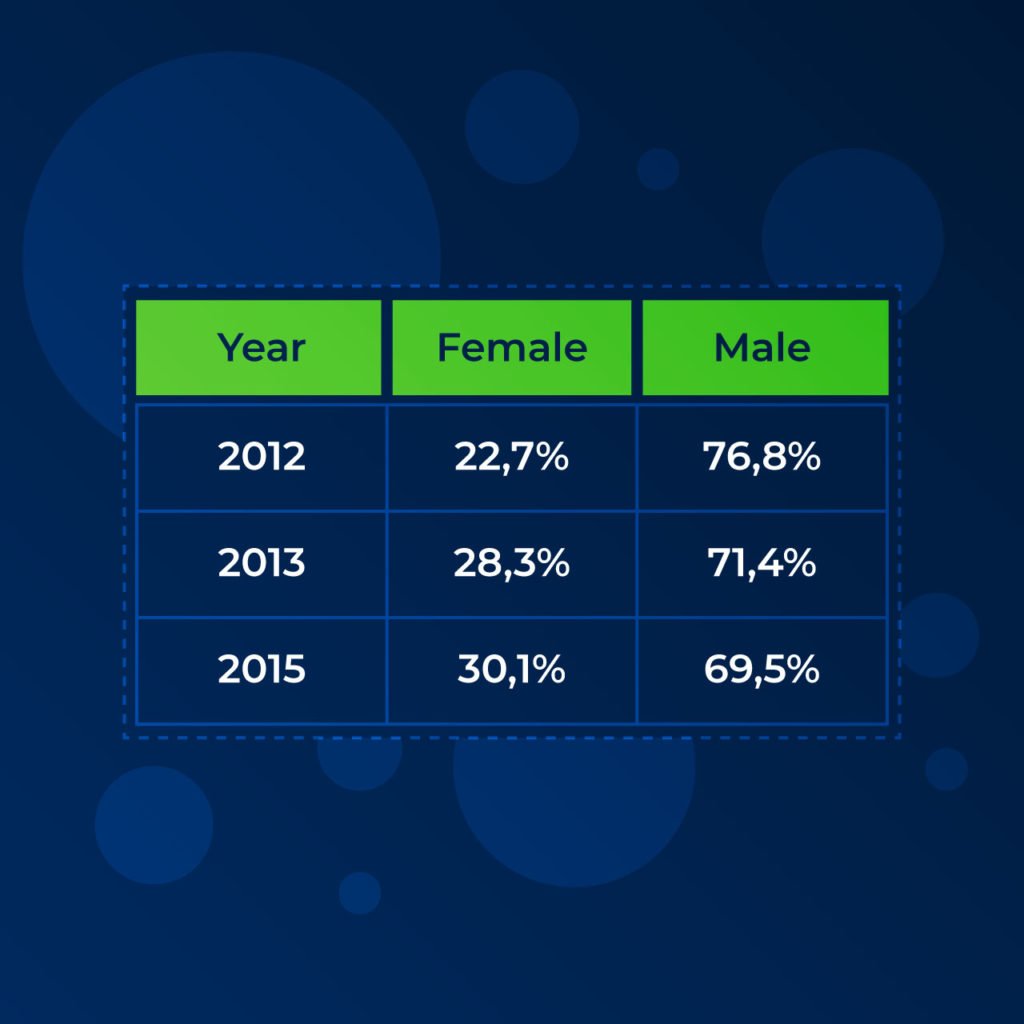
The genders are moving in the direction of balancing out, but there’s clearly a long way for women to go.
Statistics About Gender Bias
If we take a deeper dive into statistics about gender bias, we can get an indication of how customers view women as customer service representatives. A Wordstream customer satisfaction survey asked customers to rate their level of satisfaction with the customer service agent on a scale of 1to 4 with 1 being excellent and 4 being poor.
Here’s how the results shook out related to gender bias:
- Men scored 3.11 above the average score
- Women scored below the average score
- The mean satisfaction score across both genders was 3.11
We’ll top all this off with more statistics from builtin.com (not related to the digital marketing industry per se, but to workplace discrimination against women in general):
- 42% of working women indicated they experience gender discrimination at work.
- 25,000 sex-based discrimination claims were filed in 2017.
- Victims received over $148 million a hundred in payouts from complaints of sex-based discrimination lawsuits in 2018.
- Of the 14 barriers women face in the workplace, 5 relate to discrimination and gender bias.
- Regardless of whether a hiring manager is male or female, they’re twice as likely to hire a male candidate.
- Where there are at least 2 female candidates in a job pool, women are 79 times more likely to be hired.
- Where applications or auditions are blind, women are 25%-46% more likely to be hired than men.
- In companies where at least 90% of senior leaders are men, half of them believe women are well-represented at the company.
- 40% of people, including men and women, stated there’s a double-standard against female candidates.
- According to men, unconscious bias is the top barrier that career women face.
- 34% of both genders believe that men assess risks better than women.
- Men are 30% more likely than women to be hired for managerial roles.
- Men and women request pay raises at the same rate, though women are 5% less likely to receive them.
Why Gender Bias Matters
In case it wasn’t clear before, perhaps you can now see that gender bias is a pervasive problem that transcends businesses in virtually every industry. If you have your eyes open, you’re bound to notice gender bias at every level and extension of most businesses.
While gender bias is in the limelight, bias also extends to race, age, and ability. By not considering biases, you may be looking past top talent and passing on opportunities to tap into the inherent benefits of diversity.
But, why does it matter? The reality is that when gender bias exists on a conscious or unconscious level, it affects the decisions about who you choose to hire. The people that you hire have a direct impact on productivity and ultimately, your bottom line.
Conscious bias can even be illegal in some cases. But hey, at least when you’re willing to recognize discrimination, it’s easy to fix. Unconscious bias is easier to mask, and it’s a lot tougher to get rid of.
Iris Bohnet, a Harvard University behavioral economist, sums things up nicely,
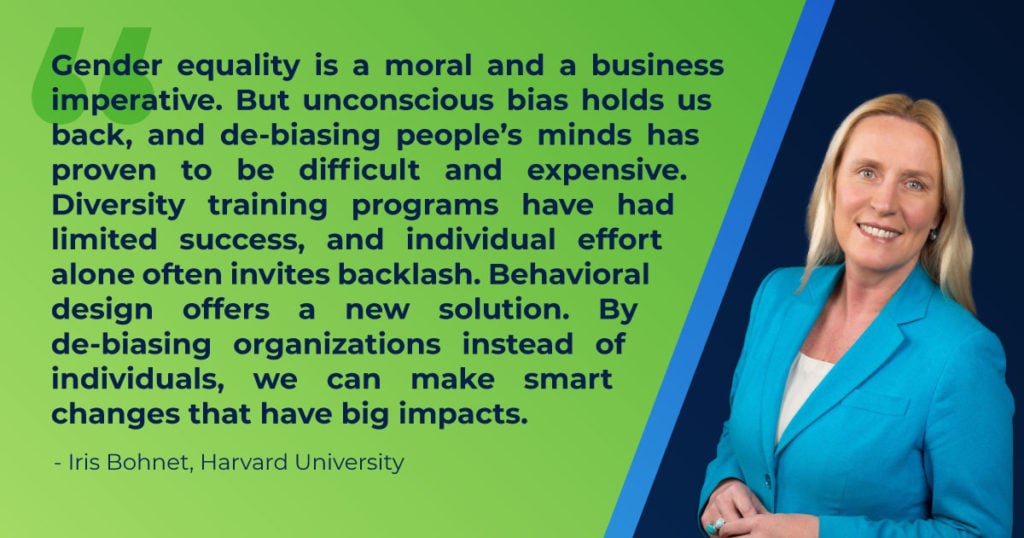
Women Excel at SEM
It’s enlightening to see what people think and say about gender bias in digital marketing, but how do women actually perform at search engine marketing (SEM)?
Wordstream evaluated the AdWords Grader scores of accounts and broke down the results by men and women.
Here’s what they discovered – Women’s scores were 9 points higher than men’s on average!
That’s very interesting considering women scored much lower than men on customer satisfaction, right? It’s gender bias in action. Simply put, women digital marketers are rockstars!
Men Are Less Susceptible to Gender Bias than Women
A New York University study researched the perceptions of gender on a global basis. The results showed that most people around the world view men as more brilliant than women. The research highlights another interesting fact. People often hold various stereotypes, but they either can’t or won’t admit it when someone asks them directly.
The MOZ study showed another interesting facet in the gender bias discussion. On average, female clients scored female customer service reps .82 points lower than they did with male reps. Incidentally, male clients scored female reps .43 points lower than men. Could it be that female clients have higher expectations of female customer service reps than they do of men? It would seem they do!
Gender Bias in PPC Marketing Undervalues Women
According to a Wordstream analysis, females are viewed as being less valuable than male digital marketers. In fact, the study showed that women are perceived as 21% less valuable than their male peers no matter what their experience and performance metrics indicated.
This explains why there are fewer women working in digital marketing jobs. With the gender bias in SEM mentality, men are more likely to get an interview and a job. What’s more, they’re the ones getting the raises and promotions. It also explains why you’re apt to see more men presenters at digital marketing conferences. Hmm…
If we connect the dots, we can see that the 21% gender gap in valuation relates pretty closely to the 19.7% average gender pay gap in the MOZ study.
Overcoming Gender Bias
How do you turn a lose-lose mentality into a win-win deal for digital marketers?
Let’s wrap things up with 4 ways to overcome gender bias in PPC marketing:
- Creating awareness – It all begins with creating awareness of gender bias among decision-makers and within the digital marketing industry as well. Men and women need to understand the value that women bring to the table. Sharing the statistics we’ve provided is a good start.
- Projecting the right attitude – Moving forward in a non-biased direction will require outcasting typical male and female stereotypes. Within every industry, men and women need to be able to pursue the career they’re best suited for and be able to go for the gusto without limits.
- Factoring true data – As you can see, much of what people believe is based on their own personal perceptions rather than on data. Gender bias exists around the water cooler, but it’s not always available on a spreadsheet of facts. It’s time that changed.
- Making systemic change – Things have to change internally before you’ll see external change. A good first step is to evaluate gender bias when shortlisting job candidates. Another step is to assess candidates blindly based on their skills.
Currently, men and women are at the heart of the problem. That said, both genders can easily be part of the solution. By working together and considering the facts, positive change in the digital marketing arena won’t be too far away.
At ClickGUARD, we’re committed to doing our part to improve the digital marketing industry as a whole. Good talent doesn’t fit into stereotypes. It comes in the form of men, women, and minorities – people from all walks of life. We hope this article was eye-opening for you, and we’ve got lots more information for you where this came from. Follow ClickGUARD for the hottest trends and topics in PPC marketing.
